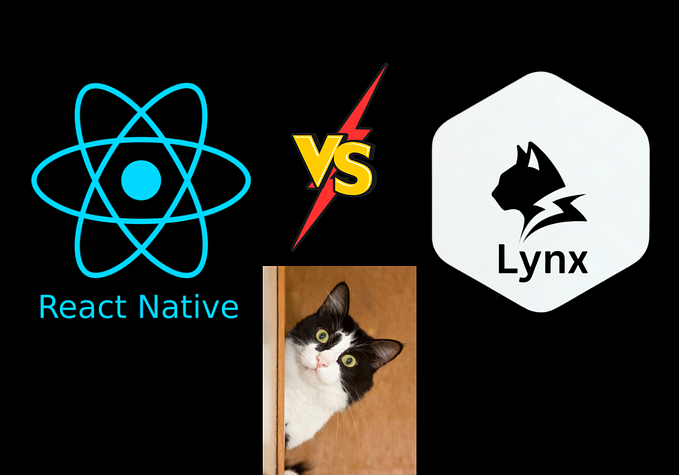Full Stack Developer Roadmap 2024: Trend, Tools & Resources Included

So, you’re thinking about becoming a full stack developer? Whether you’re fresh out of school, switching careers, or just intrigued by the world of coding, 2024 is a fantastic time to dive into full stack development. The web is not just where the future lies — it’s where the present is being shaped, day by day.
Why Full Stack Development?
Full stack developers are the Swiss Army knives of the coding world. They can handle both front-end (what users see) and back-end (the server, database, etc.) tasks, making them incredibly versatile and valuable. In 2024, with the rise of complex web applications and the increasing demand for seamless user experiences, companies are seeking developers who can do it all.
The Pathway to Becoming a Full Stack Developer
Let’s break it down step-by-step, so even if you’re starting from scratch, you’ll have a clear roadmap to follow.
1. Understand the Basics of Programming
Before diving into full stack development, you need to get comfortable with the fundamentals. Start with a language that is beginner-friendly but powerful enough to build a solid foundation.
Recommended Resource:
Codecademy — Learn Python — Python is a great starting point due to its readability and widespread use.
Next Steps:
Learn basic concepts like variables, data types, loops, and functions.
Practice with small projects like a simple calculator or a to-do list app.
2. Get a Grasp on Front-End Development
Front-end development is all about what users see and interact with. This is where creativity meets logic. You’ll need to learn:
HTML/CSS: The backbone of any web page.
JavaScript: The language that makes web pages interactive.
Responsive Design: Ensuring your site works on all devices.
Recommended Resources:
FreeCodeCamp — Responsive Web Design — Start here to understand the core concepts of web design.
JavaScript.info — A comprehensive guide to mastering JavaScript.
Project Idea:
Build your own portfolio website from scratch. It’s a great way to practice and showcase your skills.
3. Master the Back-End
Back-end development is what makes the front-end functional. This involves working with servers, databases, and APIs. Here’s what you’ll need to learn:
Server-Side Languages: Choose from popular ones like Node.js (JavaScript-based), Python (with Django or Flask), or Ruby (with Rails).
Databases: Learn SQL for relational databases like MySQL or PostgreSQL, and NoSQL databases like MongoDB.
APIs: Understand how to create and interact with APIs (Application Programming Interfaces).
Recommended Resources:
NodeSchool — Interactive lessons to learn Node.js.
The Odin Project — Databases — A free and thorough guide to databases.
Project Idea:
Create a simple RESTful API that interacts with a database to manage user data.
Also Read: Will AI Replace Software Engineers? Debunking Myths and Exploring the Future
4. Learn About Version Control
Version control is essential for any developer, especially when working in teams. Git is the most widely used version control system.
Recommended Resource:
GitHub — Introduction to GitHub — Learn how to use Git and GitHub to manage your code.
Next Steps:
Practice by contributing to open-source projects on GitHub.
Use Git to manage your projects from now on.
5. Understand DevOps and Deployment
As a full stack developer, you should know how to deploy your applications and manage servers.
Continuous Integration/Continuous Deployment (CI/CD): Automate the deployment process.
Cloud Services: Get familiar with platforms like AWS, Google Cloud, or Heroku.
Recommended Resources:
AWS Training — Start with the basics of cloud computing.
Heroku — Getting Started — Deploy your applications with ease.
Project Idea:
Deploy your full stack project to Heroku or AWS, making it accessible to anyone online.
6. Stay Updated on Trends and Tools
Web development is constantly evolving. Stay ahead of the curve by keeping up with the latest tools, frameworks, and best practices.
Top Trends in 2024:
Web3 Development: As blockchain technologies continue to grow, understanding decentralized applications (dApps) could give you an edge.
JavaScript Frameworks: Stay updated on frameworks like React, Vue.js, and Angular, which are widely used in the industry.
AI and Automation: Integrate AI-driven tools to enhance user experience and automation.
Recommended Resources:
Hacker News — Stay updated with tech trends and discussions.
Smashing Magazine — A great resource for web development trends and best practices.
Statistics and Future Predictions

In 2024, full stack developers are among the most in-demand professionals in tech. According to the U.S. Bureau of Labor Statistics, web developer jobs are projected to grow 13% from 2020 to 2030, much faster than the average for all occupations. Companies are increasingly looking for developers who can handle both front-end and back-end tasks, making full stack development a lucrative and secure career choice.
Conclusion: Your Journey Starts Now
Becoming a full stack developer is a challenging but rewarding journey. The skills you acquire will open doors to a variety of opportunities, from startups to tech giants. Remember, it’s not about how quickly you can learn everything — it’s about persistence, practice, and continuous learning.In 2024, the demand for full stack developers will only grow as web applications become more sophisticated and integral to business operations. With the roadmap outlined here, you’re well on your way to joining the ranks of skilled full stack developers who are shaping the future of the web.








